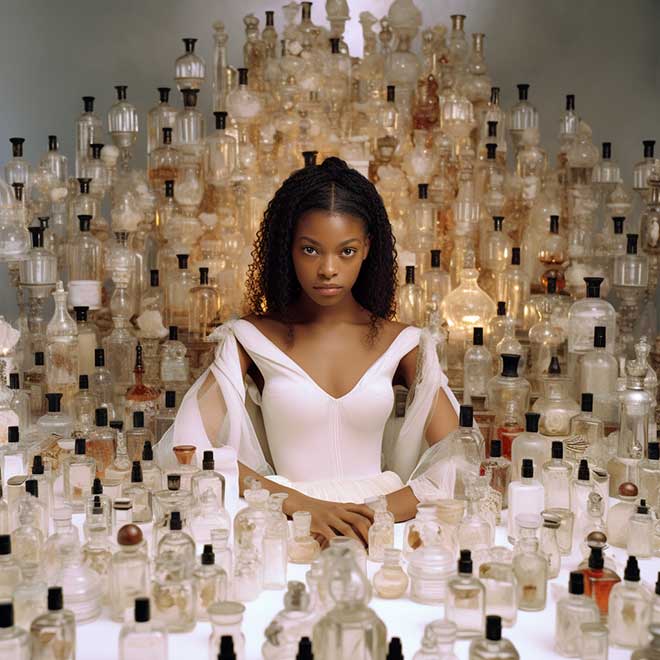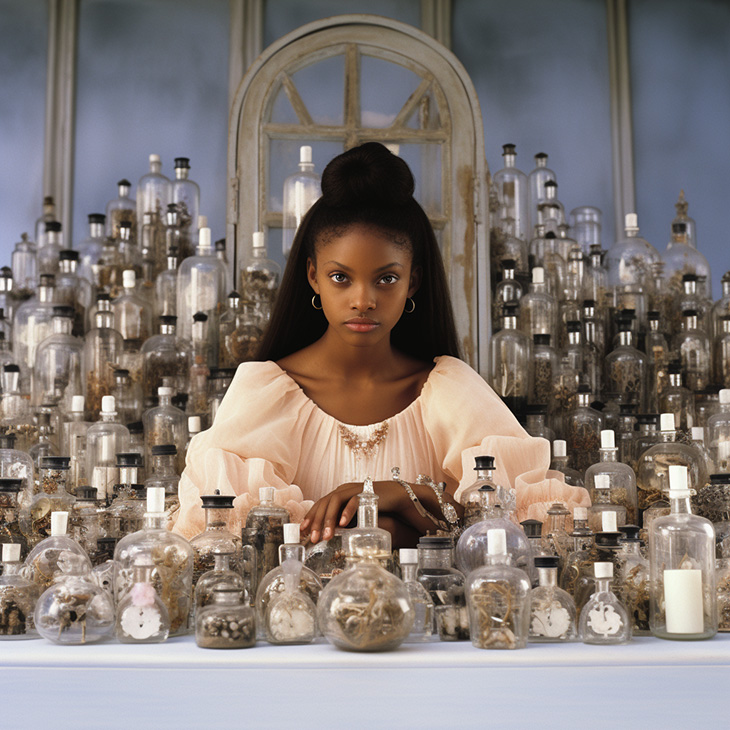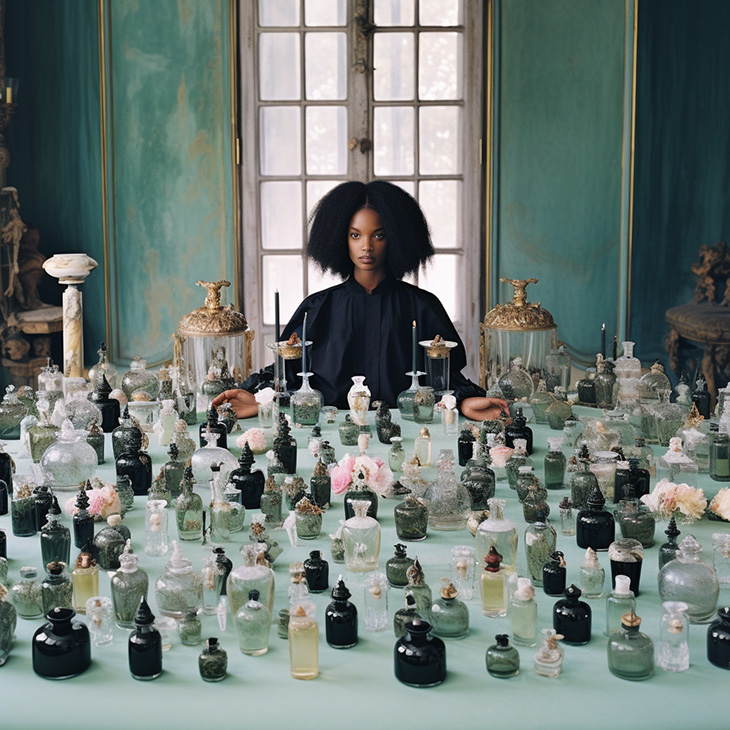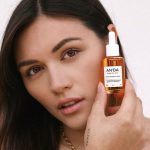
In the world of personal care products, the term “fragrance” often conceals more than it reveals. This umbrella term, commonly found on labels of products ranging from perfumes to skin creams and shampoos, legally allows manufacturers to withhold detailed ingredient information from consumers. Under this guise, thousands of potentially harmful substances, such as phthalates, allergens, and endocrine disruptors, can be included without specific disclosure.
When it comes to ingredient transparency in beauty products, it i important to higlight the origins of “fragrance” as a means to protect trade secrets. Today, however, it has morphed into a loophole for hiding potentially toxic substances from public scrutiny. This lack of transparency raises significant health concerns, particularly when considering the array of products we use daily that contain undisclosed fragrance components. The Environmental Working Group (EWG), a nonprofit organization dedicated to consumer health, echoes these concerns. They note the alarming fact that only a limited number of ingredients are prohibited in U.S. cosmetics. The FDA’s lack of stringent regulations allows many products to reach the market without thorough safety assessments.
The Road To Safe Fragrance
Independent research supports these worries. The Campaign for Safe Cosmetics found that popular fragrances contain an average of 14 undisclosed chemicals, some of which are linked to hormonal disruption, allergic reactions, and bioaccumulation in human tissue. Phthalates, especially diethyl phthalate (DEP), are among the most concerning of these hidden ingredients. These chemicals, commonly found in a variety of consumer products, have been linked to developmental disruptions, particularly in fetuses and young children.
The debate over the safety of such ingredients often centers around the argument that the small quantities used in products are harmless. However, without full disclosure of these ingredients, it is impossible for consumers to understand their cumulative exposure and potential risks.
Amid these concerns, the natural and organic beauty movement has gained momentum. However, the labels “natural” or “organic” do not automatically equate to safety or transparency. Natural ingredients can also pose health risks, including contamination with toxic metals or causing allergic reactions. Burns emphasizes that the absence of full ingredient disclosure leaves consumers in the dark, unable to make informed choices about their exposure.
 Photo ©DSCENE Beauty
Photo ©DSCENE Beauty
How To Find A Safe Fragrance?
Navigating the realm of safe fragrances is made easier by dedicated resources and conscientious retailers committed to clean beauty. One noteworthy tool is the EWG’s Skin Deep database and Healthy Living app, both offering a wealth of information on more than 130,000 household products, complete with detailed ingredient lists. Leading the charge in transparency, retailers like Parfumdreams are at the forefront, championing products with clear labeling. These platforms establish rigorous standards in the clean beauty industry, empowering consumers to select products that not only deliver effectiveness, but also adhere to high standards of safety and ethical practices.
Parabens and Fragrance
Jenna Pierce, MD, a reproductive endocrinologist with board certification, notes that existing studies on phenoxyethanol suggest it may be less irritating than parabens, yet its safety profile seems comparable to other preservatives. Interestingly, Dr. Pierce herself prefers beauty products containing parabens.
In a recent discussion with DSCENE Beauty talking about clean perfumes, seven cosmetic chemists expressed that such modifications in product formulations, often made for perceived safety rather than necessity, are a widespread practice. This trend is frequently cited as a frustrating aspect of their work. While Dr. Jones and Milla Petkovich, MD, an emergency medicine physician with a focus on functional medicine who served during the challenging COVID-19 period, did not comment on this frustration, they concurred that cosmetic ingredients approved by the FDA are generally safe. Clean perfumes efforts to gain insights from various toxicologists on this topic were unsuccessful, as they either declined to comment or did not respond.

Finally, the quest for transparency in the world of perfumes and skincare is more than a trend—it’s a necessary shift towards consumer empowerment and health-conscious living. As we become more aware of the hidden dangers in the term “fragrance,” we are better positioned to make choices that align with our values and well-being.
The clean perfumes beauty movement, with its emphasis on full ingredient disclosure, paves the way for a future where beauty and health are not mutually exclusive.



